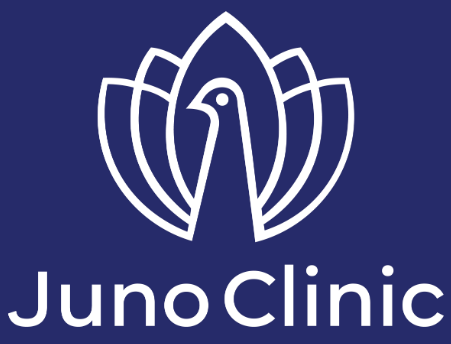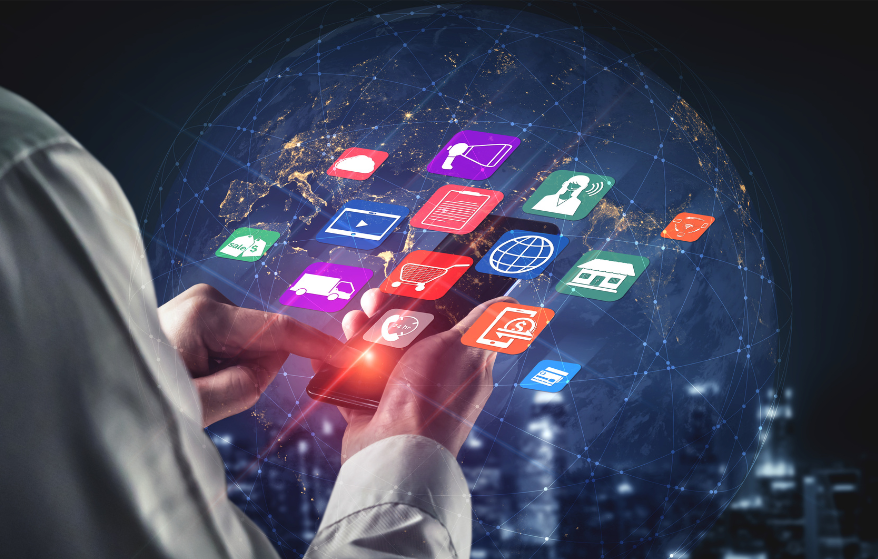Technology serves as a powerful ally for individuals with ADHD, offering a diverse array of tools and applications that empower them to navigate daily life more effectively. By embracing these digital solutions, individuals with ADHD can capitalise on their strengths, enhance focus, and foster a sense of control and productivity. The ongoing integration of technology in ADHD management exemplifies the potential of innovation in supporting neurodiversity and promoting inclusivity.
-
Digital Task Management: Utilising digital task management tools such as todo apps, reminders, and calendar applications helps individuals organise their daily activities, set deadlines, and receive timely notifications, mitigating the impact of ADHD-related executive function challenges.
-
Focus Apps and Productivity Tools: Specialised focus apps and productivity tools, often based on the Pomodoro Technique or mindfulness principles, assist in breaking tasks into manageable intervals. These applications provide structured work periods followed by short breaks, promoting sustained focus.
-
Mindfulness and Meditation Apps: Smartphone apps designed for mindfulness and meditation offer individuals with ADHD valuable tools to enhance self-awareness, manage stress, and improve attention span. Guided meditation sessions and relaxation exercises can be easily accessed on-the-go.
-
Educational Apps and Gamified Learning Platforms: Tailored educational apps and gamified learning platforms make acquiring new skills and knowledge engaging for individuals with ADHD. The interactive and visually stimulating nature of these applications enhances learning experiences and sustains interest.
-
Digital Note-Taking and Organisation: Embracing digital note-taking tools allows individuals to capture ideas, reminders, and important information in an organised manner. Features like searchable notes, cloud synchronisation, and colour-coded categorisation enhance accessibility and efficiency.
-
Text-to-Speech and Speech-to-Text Tools: Leveraging text-to-speech and speech-to-text applications assists those with ADHD in processing information through multiple modalities. This technology accommodates diverse learning styles and aids in effective communication.
-
Wearable Devices for Routine Tracking: Wearable devices equipped with health and fitness tracking capabilities contribute to routine management. Monitoring sleep patterns, physical activity, and overall well-being offers valuable insights for individuals striving to maintain a balanced lifestyle.
-
ADHD-Specific Apps and Tools: A growing array of ADHD-specific apps and tools cater to the unique needs of individuals with the condition. These may include apps for behaviour tracking, medication reminders, and mood monitoring, fostering a comprehensive approach to ADHD management.

